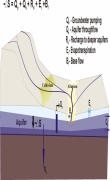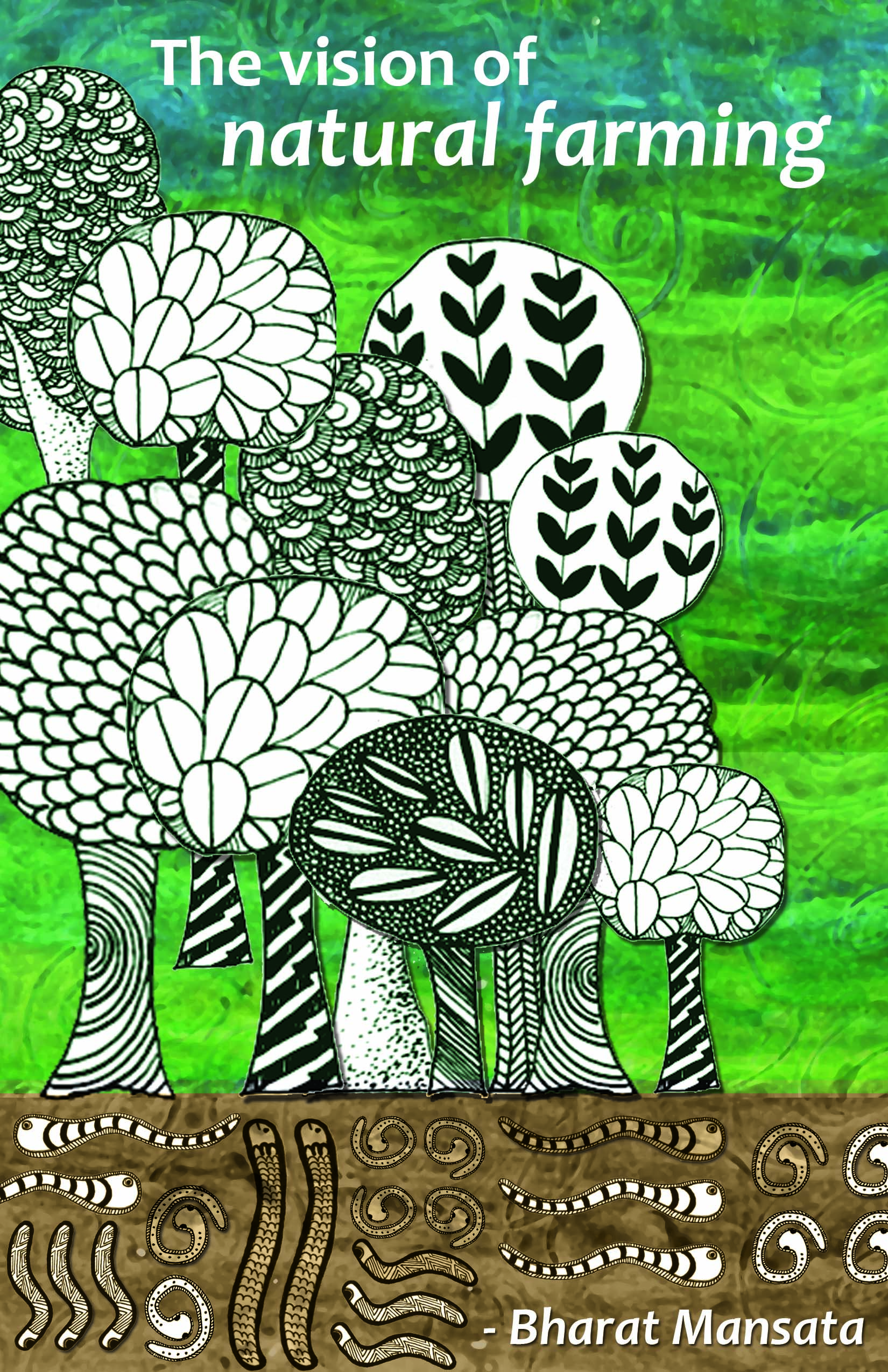Climate and Weather
India’s groundwater typologies – A presentation by ACWADAM
Posted on 22 Sep, 2010 08:01 AMThis presentation by ACWADAM deals with groundwater typologies in India. The typology of groundwater can be defined in many ways based on a) Uses of Groundwater, b) Geography, c) Geology, d) Hydrogeology (Aquifers), e) Groundwater Quality, f) Stage of Groundwater Development, and g) Socio-ecology of Groundwater.
Groundwater balance – A presentation by ACWADAM
Posted on 21 Sep, 2010 10:00 PM This presentation by ACWADAM deals with the subject of groundwater balance. It begins by describing the skeleton for the water balance equation viz., ground surface, soil, aquifer and bed rock. It describes the processes subsequent to rainfall such as interception, initial detention, depression storage, infiltration, runoff, streamflow, soil moisture retention and recharge.
This presentation by ACWADAM deals with the subject of groundwater balance. It begins by describing the skeleton for the water balance equation viz., ground surface, soil, aquifer and bed rock. It describes the processes subsequent to rainfall such as interception, initial detention, depression storage, infiltration, runoff, streamflow, soil moisture retention and recharge.
The watershed water balance equation is explained in terms of input (rainfall and water transfers) and output (runoff, evapotranspiration and infiltration). It notes that the input to a generalized water balance is rainfall whereas the input to a groundwater balance is infiltration. The difference between infiltration & recharge, natural & artificial recharge and interflow & discharge are explained thereafter. The water balance for an aquifer may vary, depending upon the nature of groundwater system –
- Watershed with a deep aquifer
- Watershed has both shallow and deep aquifers
- Watershed has only shallow aquifer
Groundwater management under the climate change scenario in India – A presentation by ACWADAM
Posted on 20 Sep, 2010 08:17 AMThis presentation by ACWADAM deals with the issue of groundwater management under the climate change scenario in India. Climate change is a change in the statistical distribution of weather over periods of time that range from decades to millions of years. The causes are -variations in solar radiations, plate tectonics, volcanism and change in earths orbit & axis.
Earth System: Interactions Part II – A presentation by ACWADAM
Posted on 20 Sep, 2010 06:43 AMThis presentation by ACWADAM on earth system deals with the interactions between the four elements that make up this system. The complexity of the earth system, in which spatial and temporal variability exists on a range of scales, requires that an organized scientific approach be developed for addressing the complex, interdisciplinary problems that exist.
Earth System: Introduction (Part I) - A presentation by ACWADAM
Posted on 19 Sep, 2010 07:00 PMThe presentation by ACWADAM on earth system deals with the four elements that make up this system. Earth science generally recognizes four spheres, the lithosphere, the hydrosphere, the atmosphere, and the biosphere; these correspond to rocks, water, air, and life. These four interdependent parts or the earth's spheres are described as:
- the lithosphere, which contains all of the cold, hard, solid rock of the planet's crust (surface), the hot semi-solid rock that lies underneath the crust, the hot liquid rock near the center of the planet, and the solid iron core (center) of the planet
- the hydrosphere, which contains all of the planet's solid, liquid, and gaseous water,
- the atmosphere, which contains all of the planet's air, and
- the biosphere, which contains all of the planet's living organisms.
Floods, Rains - News Roundup (8-15 September 2010)
Posted on 16 Sep, 2010 04:10 PMFloods, rains, droughts
There have been reports of flooding as well as incessant rains in the northern parts of India such as Delhi, Punjab, Haryana, Chandigarh, Uttar Pradesh, Rajasthan as well as the northeast such as Assam, Arunachal Pradesh. At the same time, reports indicate that parts of Madhya Pradesh have been facing severe drought while parts of Himachal Pradesh indicate sudden drops in temperature with reports of snowfall in certain areas. Reports from West Bengal also indicate extensive flooding in certain parts of the state.
"Dams on the Himalayas: Environmentalists demand scrapping of projects in Assam, Manipur and Arunachal Pradesh" :News roundup (8-15 September 2010)
Posted on 16 Sep, 2010 04:07 PMWaterbodies/ Rivers
"The Vision of Natural Farming" - Book by Bharat Mansata, 2010
Posted on 15 Sep, 2010 03:31 PM
“It is only by mixed organic farming in harmony with Nature that India can sustainably provide abundant wholesome food, and meet every basic need of all – to live in health, dignity and peace.” Bhaskar Save
Floods - News Roundup - September 1-7 2010
Posted on 14 Sep, 2010 02:07 AMAndhra Pradesh
- Flood water submerges 10 villages under Subbareddy Sagar, Kakinada
- Floods wreak havoc on crops in AP
- Officials heave sigh of relief as water recedes
- Incessant rains ruin rural roads
- Rains claim three lives in EG
- Floodwater inflow fluctuates
- Water let off from Nagarjunasagar dam
- Downpour washes away farmers' hopes in AP






